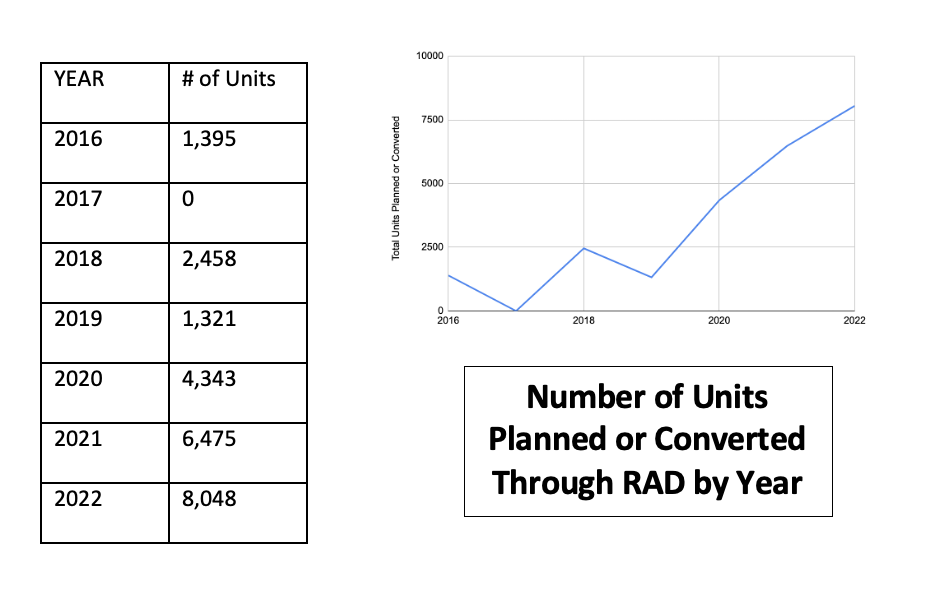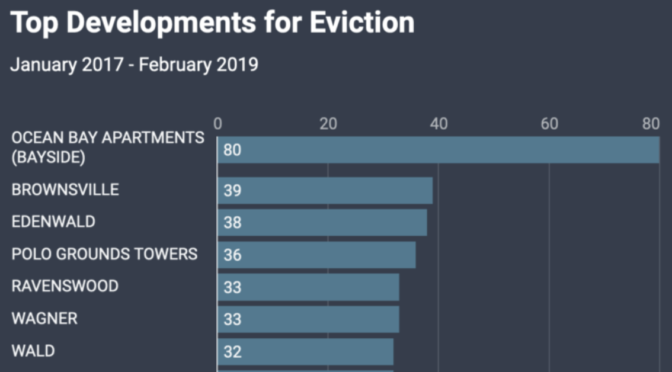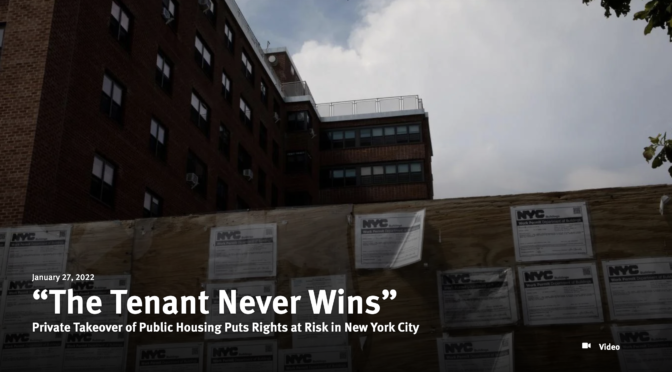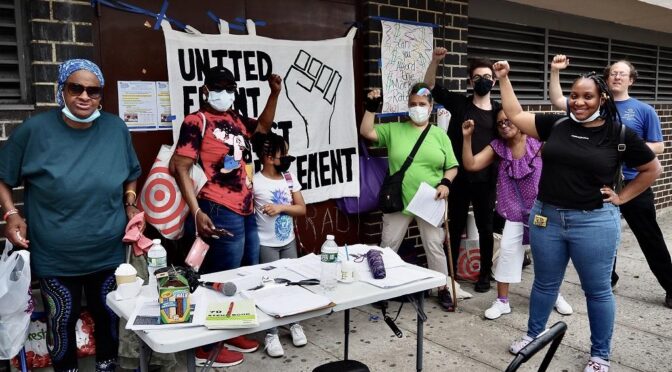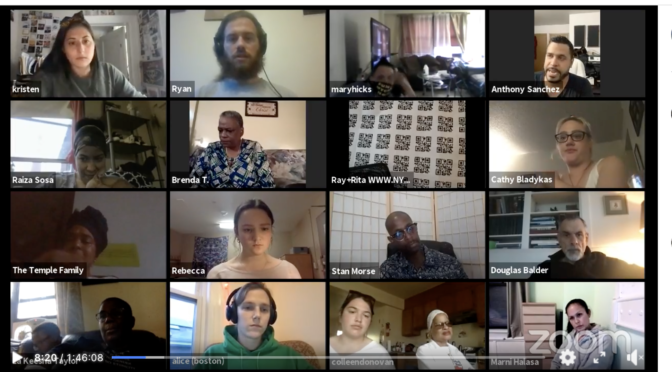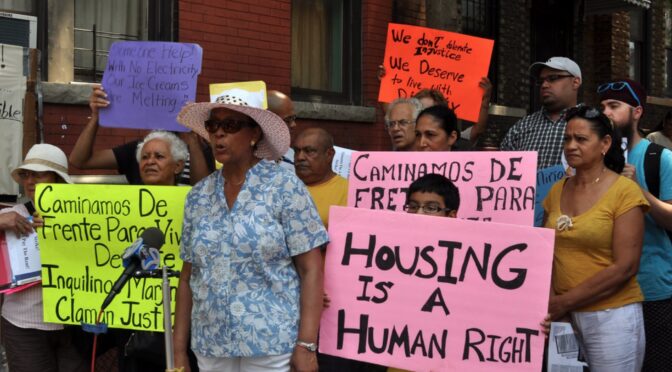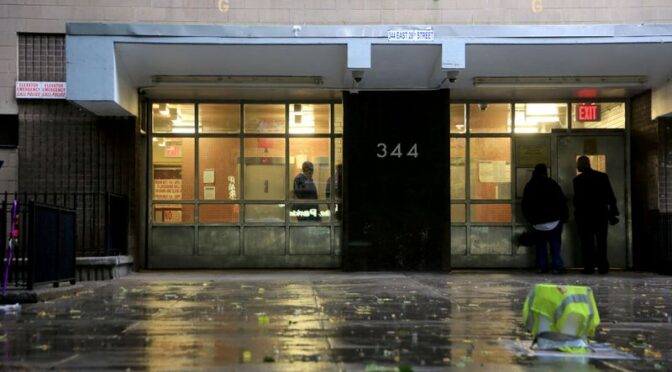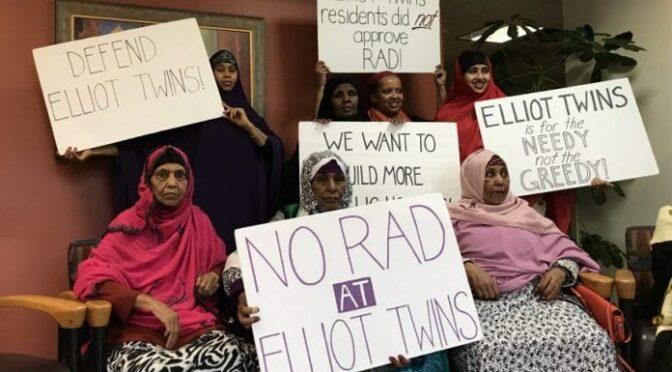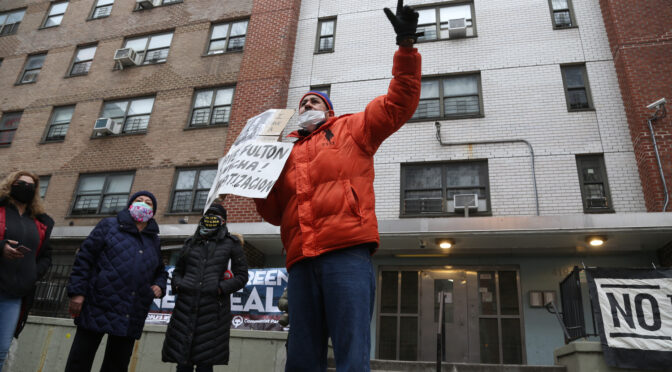Public housing in the United States is in grave and worsening disrepair. Today, the fiscal cost for addressing the national housing stocks’ critical repair needs is estimated to be between $70-80 billion, with New York City alone requiring about half that amount. More specifically, the latest figures proliferated by NYCHA at various hearings are $31.8 billion over the next five years, and $45.2 billion over the next twenty.

These figures today are the exponentiating outcome of underfunding and inaction over time, which grows the cost of the problem in New York City by about $700 million a year and has left at least 42,000 units needing at least $200,000 in repairs (Moses, 2018). What this has meant is that despite spending $2 billion on NYCHA’s capital repair needs from 2011 to 2017, estimates for NYCHA’s needs grew exponentially from $1.6 billion to $25 billion (Moses, 2018). Further, the growing disrepair threatens the future of the housing stock altogether, which in turn presents greater risks to residents. As it stands now, between 8,000 and 15,000 units nationally are condemned every year due to disrepair (Human Rights Watch, 2022). Further still, as the problem has been mounting, funds have been drying up further: “in real terms, funding for public housing was 35 percent lower in 2021 than it was in 2000” (Human Rights Watch, 2021).


This is alarming given that public housing is a critical form of affordable housing for wide variety of economically-vulnerable households nationally, and especially in the tightening housing markets like in NYC. As Table 1 shows, the average income of public housing residents in New York City hovers around $25,000, more than half are not in the workforce, and nearly half rely on some form of government assistance (NYCHA, 2019; 2021). On average, they are among the city’s “extremely low-income” households, the vast majority of whom are severely cost-burdened (if they are able to afford housing at all), and struggle with ongoing housing insecurity. For many of these households, the loss of their unit would deepen our dual housing and humanitarian crisis at both the household and city level.

RAD is the federal program that was created in response to this crisis, which has been adopted locally in NYC as the RAD/PACT program.
Know what RAD is? Return to the homepage to explore the evaluations and perspectives on the program.

